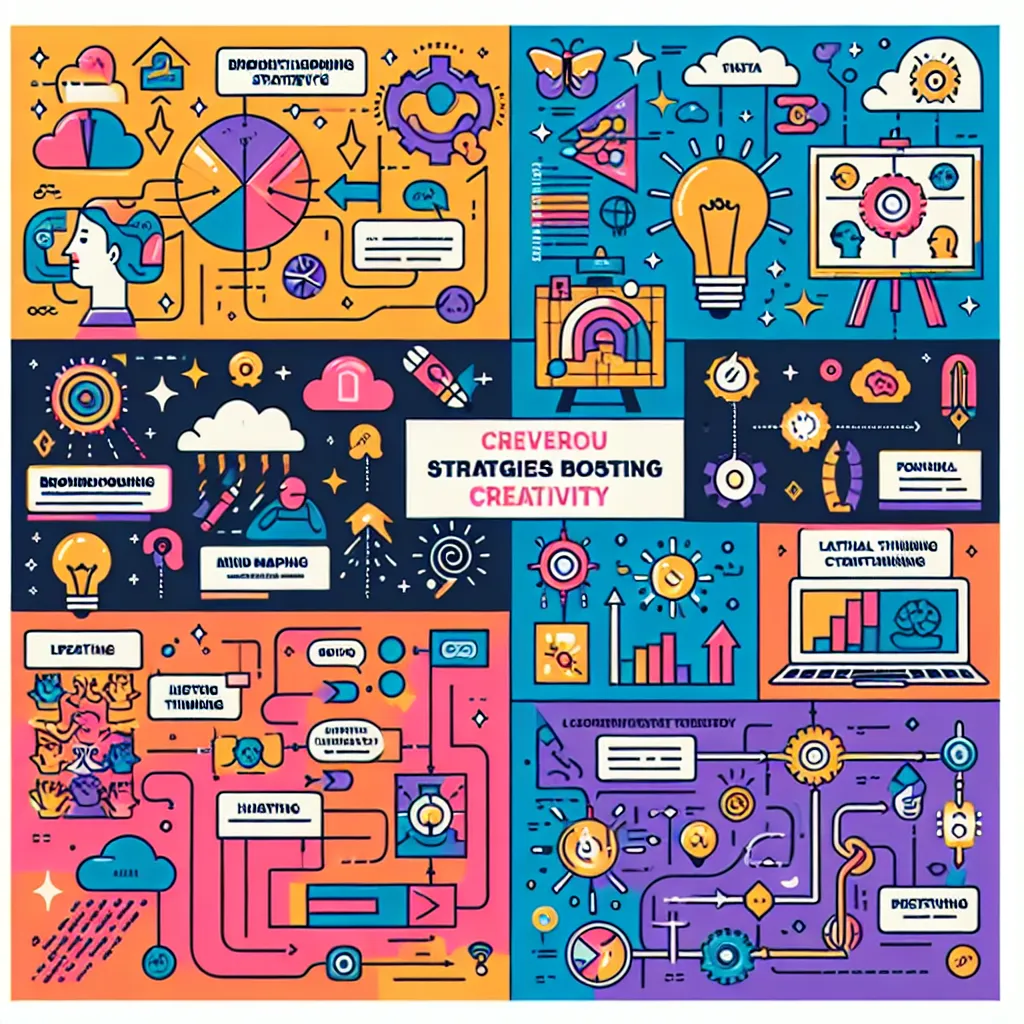The IELTS Reading section is a crucial component of the test, assessing candidates’ ability to comprehend complex texts and extract relevant information. Today, we’ll focus on a topic that frequently appears in IELTS exams: “Tips for Effective Communication in Relationships.” This subject has been a recurring theme in past tests, and given its relevance in today’s interconnected world, it’s likely to appear again in future exams.
Based on our analysis of previous IELTS Reading passages, texts related to communication skills and relationship dynamics have appeared with moderate frequency. The enduring importance of this topic in both personal and professional spheres suggests that it will continue to be a valuable area for IELTS candidates to explore.
Let’s dive into a practice reading passage on this subject, followed by a set of questions that mirror the format and difficulty level you might encounter in the actual IELTS exam.
Reading Passage
Nurturing Connections: The Art of Effective Communication in Relationships
Effective communication is the cornerstone of any successful relationship, be it personal or professional. In today’s fast-paced world, where digital interactions often overshadow face-to-face conversations, the ability to communicate clearly and empathetically has become more crucial than ever. This article explores key strategies for enhancing communication in relationships, drawing from psychological research and expert insights.
One fundamental aspect of effective communication is active listening. This involves not just hearing the words spoken but also paying attention to non-verbal cues such as body language and tone of voice. Dr. John Gottman, a renowned relationship expert, emphasizes the importance of “turning towards” your partner during conversations. This means giving them your full attention, maintaining eye contact, and showing genuine interest in what they’re saying. By practicing active listening, individuals can create a safe space for open dialogue and deeper understanding.
Another critical component is emotional intelligence (EI). Developed by psychologists Peter Salovey and John Mayer, EI refers to the ability to recognize, understand, and manage one’s own emotions, as well as the emotions of others. In the context of relationships, high EI allows individuals to navigate complex emotional landscapes more effectively. For instance, being able to identify and articulate one’s feelings can prevent misunderstandings and reduce conflicts. Moreover, empathy, a key aspect of EI, enables partners to connect on a deeper level by understanding each other’s perspectives and feelings.
Clear and assertive expression is equally important in fostering healthy communication. This involves stating one’s thoughts, feelings, and needs directly but respectfully. The use of “I” statements, such as “I feel” or “I need,” can be particularly effective in expressing oneself without placing blame or criticism on the other person. This approach encourages open dialogue and reduces defensiveness, paving the way for constructive problem-solving.
Timing and context also play crucial roles in effective communication. Choosing the right moment to discuss important matters can significantly impact the outcome of the conversation. For instance, attempting to address a sensitive issue when one partner is stressed or tired is likely to be less productive than waiting for a calmer, more appropriate time. Additionally, creating a supportive environment for discussions, free from distractions and interruptions, can enhance the quality of communication.
Nonviolent Communication (NVC), a method developed by psychologist Marshall Rosenberg, offers a structured approach to compassionate communication. The NVC model emphasizes observing without judgment, identifying and expressing feelings, connecting those feelings to needs, and making clear requests. This framework can be particularly useful in resolving conflicts and deepening mutual understanding in relationships.
In the digital age, effective communication extends beyond face-to-face interactions. With the prevalence of texting, email, and social media, it’s essential to be mindful of how messages are conveyed through these channels. Misinterpretations are common in digital communication due to the absence of nonverbal cues. Therefore, being clear, concise, and considerate in written messages is crucial. Additionally, recognizing when a conversation is better suited for in-person or voice communication can prevent misunderstandings and strengthen connections.
Continuous learning and adaptation are key to improving communication skills over time. Relationships evolve, and so should communication strategies. Regular check-ins, where partners discuss their communication patterns and areas for improvement, can be invaluable. This practice not only enhances mutual understanding but also demonstrates a commitment to the relationship’s growth.
In conclusion, effective communication in relationships is a multifaceted skill that requires ongoing effort and practice. By incorporating active listening, emotional intelligence, assertive expression, and mindful digital communication, individuals can significantly enhance their relationships. Remember, the goal of communication is not just to exchange information, but to build understanding, trust, and deeper connections with others.
 Effective communication in relationships
Effective communication in relationships
Questions
Section 1: Multiple Choice
Choose the correct letter, A, B, C, or D.
-
According to the passage, active listening involves:
A) Only focusing on the words spoken
B) Paying attention to both verbal and non-verbal cues
C) Interrupting to show interest
D) Avoiding eye contact to concentrate better -
The concept of emotional intelligence in relationships primarily refers to:
A) The ability to hide one’s emotions
B) Recognizing and managing emotions of oneself and others
C) Expressing emotions dramatically
D) Suppressing negative emotions -
The use of “I” statements in communication is recommended because:
A) It places blame on the other person
B) It encourages defensiveness
C) It expresses thoughts and feelings without criticism
D) It is a formal way of speaking -
According to the passage, when is the best time to discuss important matters?
A) Immediately when an issue arises
B) When one partner is stressed
C) During a calm and appropriate moment
D) Late at night when it’s quiet
Section 2: True/False/Not Given
Do the following statements agree with the information given in the reading passage?
Write
TRUE if the statement agrees with the information
FALSE if the statement contradicts the information
NOT GIVEN if there is no information on this
- Dr. John Gottman suggests that maintaining eye contact is an important aspect of active listening.
- Emotional intelligence was first introduced as a concept in the 21st century.
- Nonviolent Communication always resolves conflicts in relationships.
- Digital communication can lead to misinterpretations due to the lack of nonverbal cues.
Section 3: Matching Headings
Match the following headings to the correct paragraphs in the passage. Write the correct number i-viii next to questions 9-13.
List of Headings:
i. The importance of timing in discussions
ii. Digital communication challenges
iii. Active listening techniques
iv. Emotional intelligence in relationships
v. Continuous improvement in communication
vi. Nonviolent Communication method
vii. Assertive expression strategies
viii. The foundation of effective communication
- Paragraph 2 __
- Paragraph 3 __
- Paragraph 4 __
- Paragraph 5 __
- Paragraph 8 __
Answer Key and Explanations
-
B
Explanation: The passage states that active listening involves “not just hearing the words spoken but also paying attention to non-verbal cues such as body language and tone of voice.” -
B
Explanation: The text defines emotional intelligence as “the ability to recognize, understand, and manage one’s own emotions, as well as the emotions of others.” -
C
Explanation: The passage mentions that “I” statements are effective in “expressing oneself without placing blame or criticism on the other person.” -
C
Explanation: The text suggests choosing “a calmer, more appropriate time” for important discussions. -
TRUE
Explanation: The passage states that Dr. Gottman emphasizes “maintaining eye contact” as part of active listening. -
NOT GIVEN
Explanation: The passage does not provide information about when the concept of emotional intelligence was first introduced. -
FALSE
Explanation: While the passage presents Nonviolent Communication as a useful method, it does not claim that it always resolves conflicts. -
TRUE
Explanation: The text states that “Misinterpretations are common in digital communication due to the absence of nonverbal cues.” -
iii
Explanation: Paragraph 2 discusses active listening techniques. -
iv
Explanation: Paragraph 3 focuses on emotional intelligence in relationships. -
vii
Explanation: Paragraph 4 discusses assertive expression strategies. -
i
Explanation: Paragraph 5 talks about the importance of timing in discussions. -
v
Explanation: The final paragraph discusses continuous learning and adaptation in communication skills.
Common Mistakes to Avoid
-
Overlooking context: Many test-takers make the mistake of choosing answers based on their general knowledge rather than the information provided in the passage. Always refer back to the text.
-
Misinterpreting “Not Given”: Remember, “Not Given” means the information is neither confirmed nor contradicted in the passage, not that you can’t find the answer.
-
Rushing through the passage: Take time to understand the main ideas and structure of the text before attempting the questions.
-
Ignoring signal words: Pay attention to words like “however,” “moreover,” and “in contrast,” as they often indicate important points or shifts in the argument.
-
Falling for distractors: In multiple-choice questions, be wary of options that sound plausible but aren’t supported by the text.
Vocabulary
Here are some challenging words from the passage along with their definitions:
- Cornerstone (noun) /ˈkɔːnəstəʊn/: A fundamental or essential part
- Empathetically (adverb) /ˌempəˈθetɪkli/: In a way that shows an ability to understand and share the feelings of another
- Articulate (verb) /ɑːˈtɪkjuleɪt/: Express (an idea or feeling) fluently and coherently
- Assertive (adjective) /əˈsɜːtɪv/: Having or showing a confident and forceful personality
- Prevalence (noun) /ˈprevələns/: The fact or condition of being widespread or common
Grammar Points
-
Conditional Sentences: “Choosing the right moment to discuss important matters can significantly impact the outcome of the conversation.”
- This is an example of a zero conditional sentence, used to express general truths or scientific facts.
- Structure: If/When + present simple, present simple
-
Gerunds as Subjects: “Choosing the right moment” and “Being clear, concise, and considerate”
- Gerunds (-ing forms) are used as subjects of sentences to describe actions or states as noun-like concepts.
-
Comparative Structures: “…is likely to be less productive than waiting for a calmer, more appropriate time.”
- This sentence uses a comparative structure to contrast two options.
- Structure: [comparative adjective] + than + [noun/gerund]
Tips for High Scores in IELTS Reading
-
Time management: Allocate your time wisely. Spend about 20 minutes on each passage in the Academic Reading test.
-
Skim and scan: Quickly skim the passage for main ideas, then scan for specific information when answering questions.
-
Read questions carefully: Understand what each question is asking before searching for the answer in the text.
-
Use context clues: If you encounter unfamiliar words, try to guess their meaning from the context.
-
Practice regularly: Familiarize yourself with different question types and develop strategies for each.
-
Improve your vocabulary: Build your academic vocabulary to better understand complex texts.
-
Stay calm: Don’t panic if you encounter a difficult passage. Move on to easier questions and return to challenging ones later if time allows.
Remember, effective communication skills are not only crucial for your IELTS success but also for your personal and professional life. As you prepare for the IELTS Reading test, consider how you can apply these communication strategies in your daily interactions. This practical application will not only enhance your language skills but also contribute to more meaningful relationships and effective workplace communication.
For more tips on improving your communication skills, check out our article on how to practice effective communication. Additionally, if you’re interested in enhancing your workplace communication, our guide on how to improve communication in the workplace offers valuable insights.
Good luck with your IELTS preparation, and remember that consistent practice is key to achieving your desired score!


